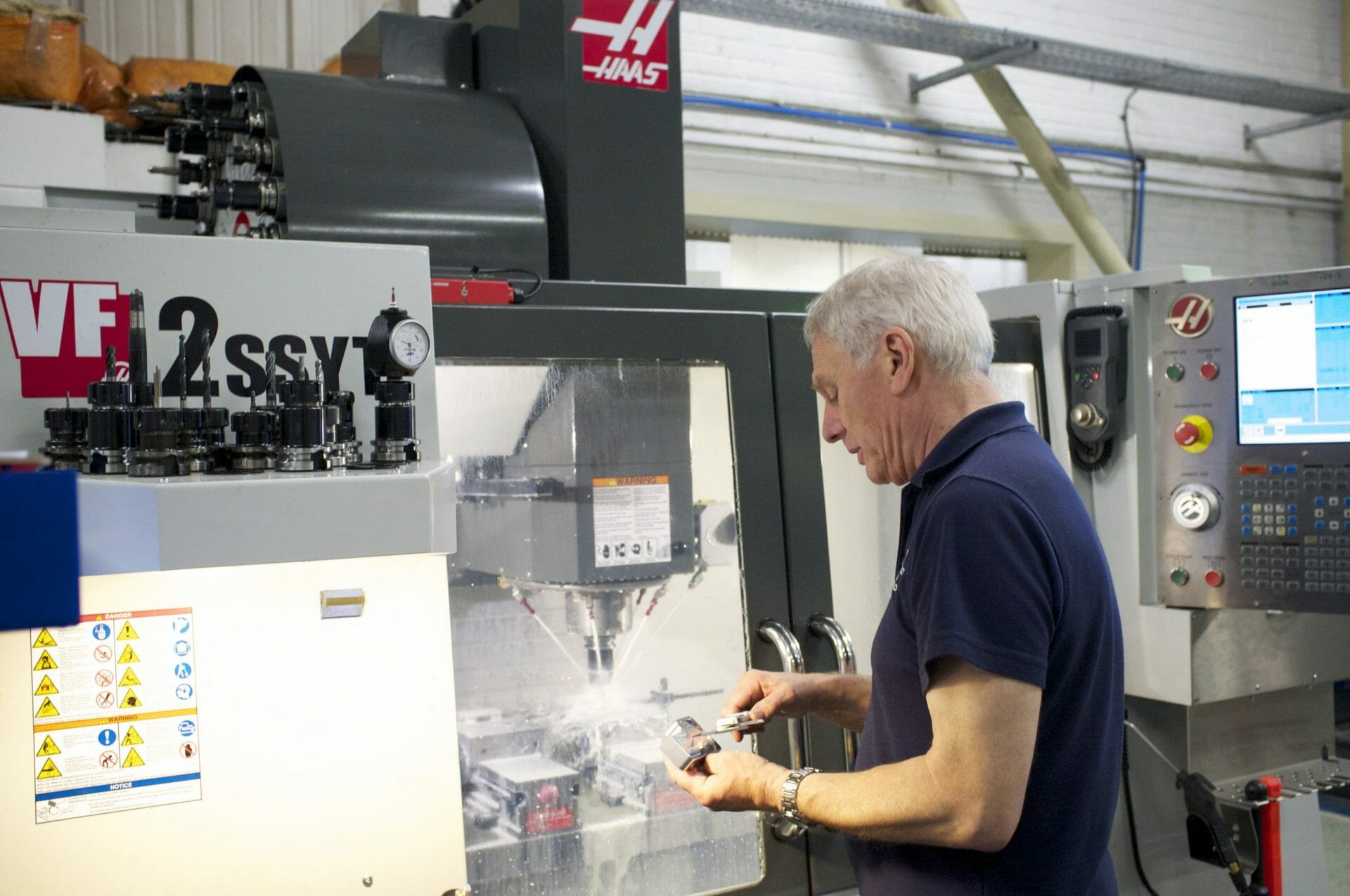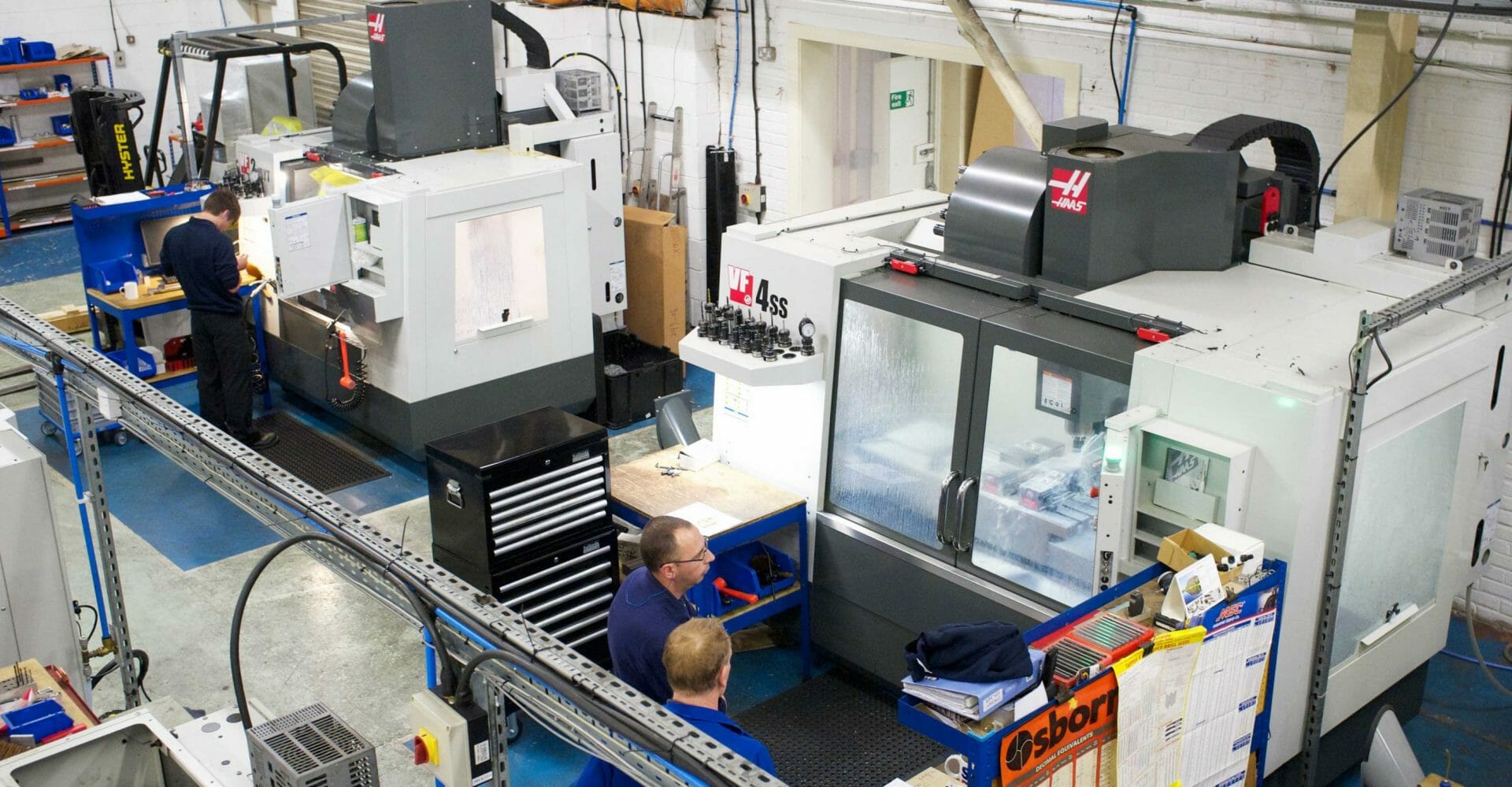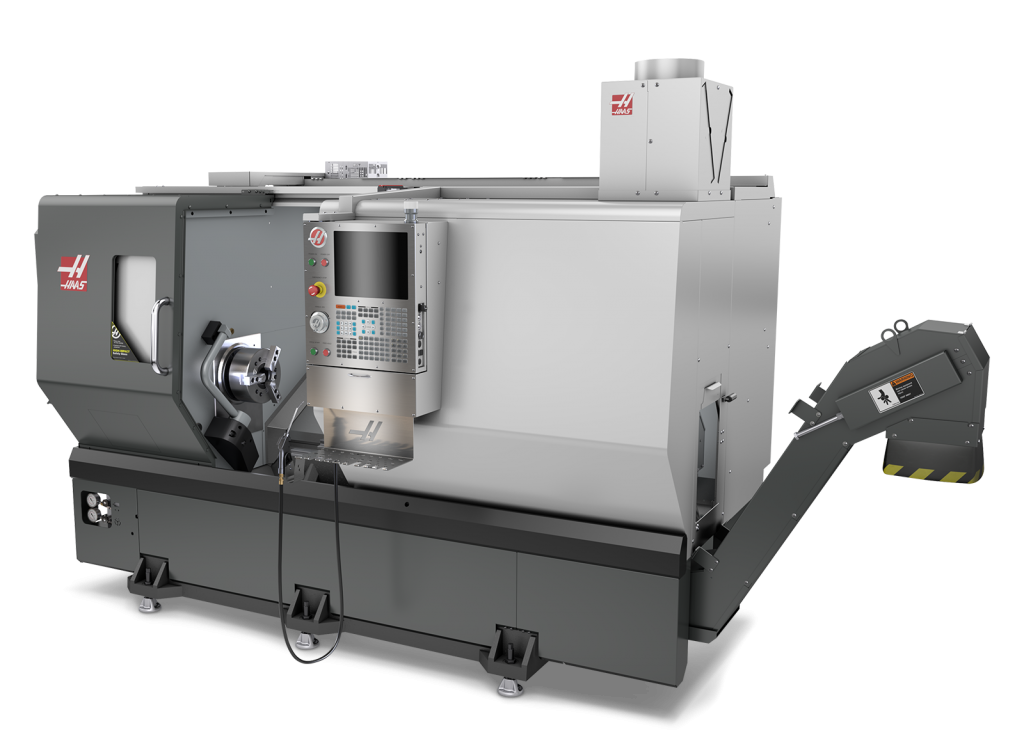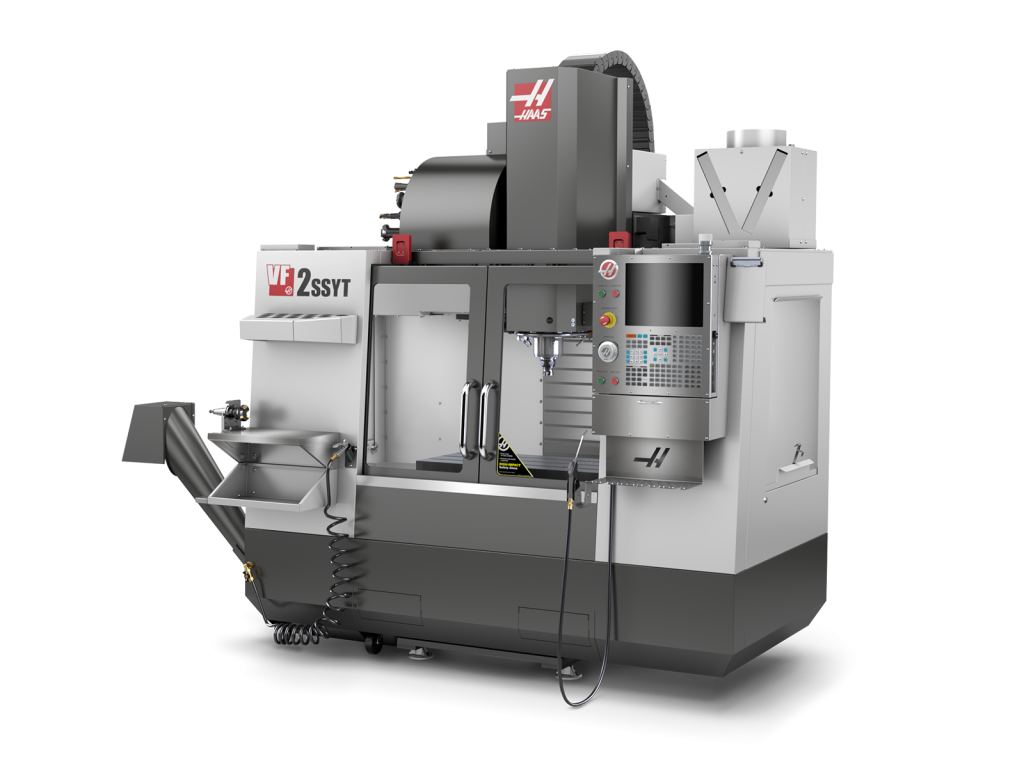Specialist Tooling Technologies
Specialist Tooling Technologies (STT) Ltd supplies cost-effective solutions to mechanical and measurement problems for a wide range of customers, in industries including Aerosol, Aerospace and Automotive. Founded in Castleford, West Yorkshire in 2003, the company has experienced substantial growth over the last few years and has invested heavily in machine tools to support the growth.
Director, Craig Wigglesworth, explains, “Our growth has been assisted by a commitment to the customer and the combined knowledge of the directors and employees enabling us to offer unique solutions to engineering problems. But in order to make those ideas real, the equipment used to manufacture the parts has to be good. Using reliable, accurate and robust Haas machine tools has allowed us to produce top quality components for integration into our finished products.

STT currently employs 17 people and their CNC workshop is home to four Haas lathes and five Haas mills. The latest additions being a VF-2SSYT vertical machining centre and a dual spindle DS-30SSY with Y-axis.
Craig continues, “The VF-2SSYT has been a real asset to the company. It’s the Super Speed YT version with a 12,000rpm spindle and an extra 100mm in the Y-axis compared to a standard VF-2. When coupled with a side-mount tool changer the work envelope is large enough to have a combination of vices and base plate fixtures.
“This means we can run multiple parts – or different parts – on the table in a single setup. The high- speed spindle and rapid feeds allow us to remove material at faster rates; that saves us production time and therefore delivery time can be reduced, and it also improves surface finish; it works out very well.
“We’re experiencing tremendous productivity gains with our turning operations and increasing our use of the Y-axis turning centres. We’re making parts that were never possible without the Y-axis. The double-spindle on the DS-30SSY is trouble-free, versatile and very precise.
“The DS-30SSY will finish a turning process, and finish a milling process with driven tools on the first operation in the main spindle,” he explains. “It will then pass the part to the second spindle chuck and part it off from the bar, then, finish the part completely with a turning process on the other end of the component.

“We brought in the double-spindle turning centre to allow us to not only take out extra setups, but also the operator input – taking parts in and out, clamping and unclamping. It allows us to engineer the part so that we can finish the whole front side, part it off, and finish the backside in one process.
“Now we can turn, mill and drill the whole part, and the finished component drops into the parts catcher without operator input. It frees up the time that would normally be required on the mill, and saves on extra tooling and fixtures.”
This means that Craig can divert more of his team to the R&D side of the business. “We’re developing into equipment with more control required. Software capability alongside mechanical manufacture”. Such a move is crucial for the future expansion of the company, and their highly-skilled engineers are proving themselves with innovative designs.
“Although we’re best known for our gauges and fixtures, currently about 50% of our business is repair work, re-engineering and rapid prototyping. The DS-30SSY is currently producing an emergency batch of spare parts, so a fast turn-around is essential. The part is EN8 steel and has been reverse engineered by our design team. Many of our customers are beginning to appreciate it’s far more cost effective than buying spares direct from the OEM.
“The service from Haas has been great too. If we ever have an issue, an engineer comes out quickly and they get straight to the problem. If the spare part isn’t carried on the tech’s van, it’s despatched and on-site before he arrives.”
Craig adds, “We employ a combination of Solid Edge, NX and OneCNC. All the Haas machines in our workshop are networked, so once the CAD geometry is loaded and CAM program created, the part is ready to be machined. We know the quality and accuracy will be absolutely spot-on. Haas machines are enabling us to do things quicker, easier and more efficiently whilst also improving quality.”
“We’re experiencing tremendous productivity gains with our turning operations and increasing our use of the Y-axis turning centres. We’re making parts that were never possible without the Y-axis. The double-spindle on the DS-30SSY is trouble-free, versatile and very precise.”
Craig Wigglesworth






